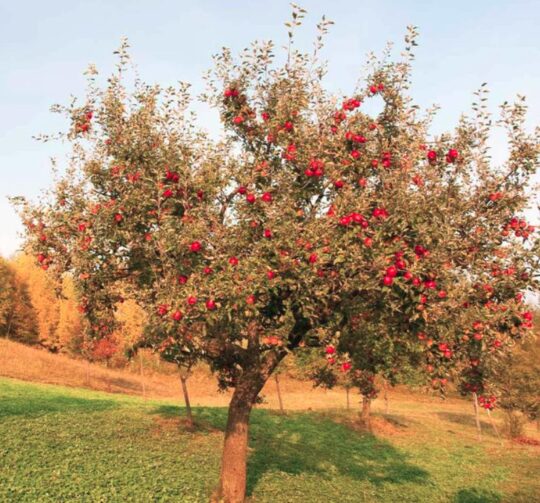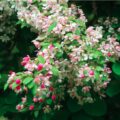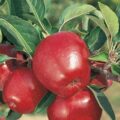- Family :
- Rosaceae
- Origin :
- Horticultural
- Hardiness :
- 4b
- Exposition :
- Sun
- Height at maturity :
- 4 m
- Spread at maturity :
- 4 m
- Spacing requirement from power lines and infrastructure :
- None
- Tree size :
- Small
- Crown shape :
- Pyramidal, rounded
- Roots :
- M. domestica has two types of roots: permanent, thick, spreading roots that form a horizontal layer within 50 cm of the surface, from which numerous vertical roots extend down to the impermeable layer or water table [Jackson, J. E. 2003. Biology of apples and pears. Cambridge University Press, Cambridge]
- Growth rate :
- Average
- Soil and moisture :
- Well drained, cool, rich and slightly acidic.
- Fertility :
- Generally, apple trees are self-sterile. You need two apple trees of different varieties to ensure pollination. Apple trees are compatible within the same type. As all varieties of cultivated apple trees belong to the species Malus domestica, they can therefore pollinate each other. We advise you to have 2 apple trees in your yard, or to check if there are any nearby, if you want to be able to harvest apples.
- Tolerance to pollution :
- Low
- Tolerance to road salt :
- Low
- Tolerance to spray salt :
- Low
- Common problems (disease, fungus, insects) :
- Susceptible to apple scab and leaf spots.
- Special comments :
- It does not tolerate drought; The fruit will last for 3 to 6 months if stored in the refrigerator; Probably the most popular and famous dark red apple.






